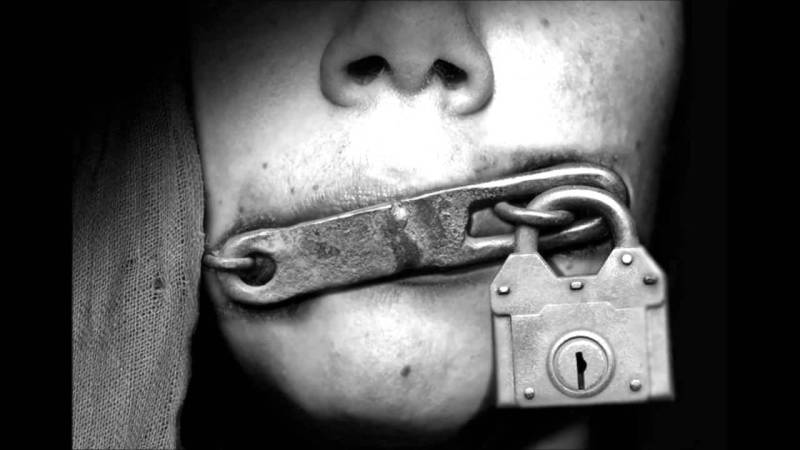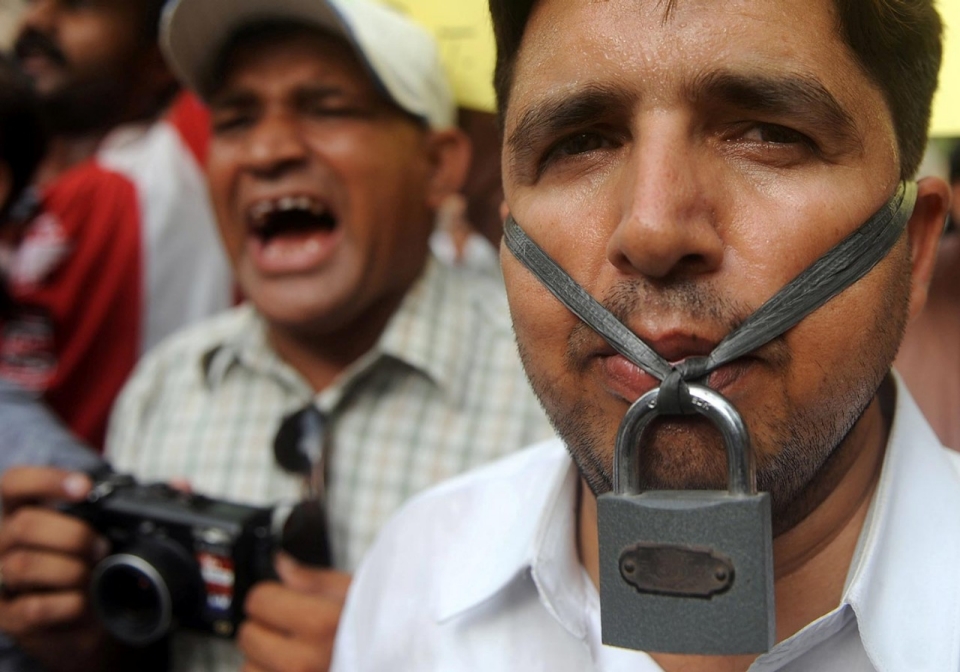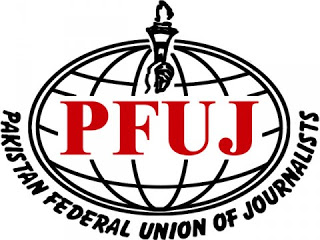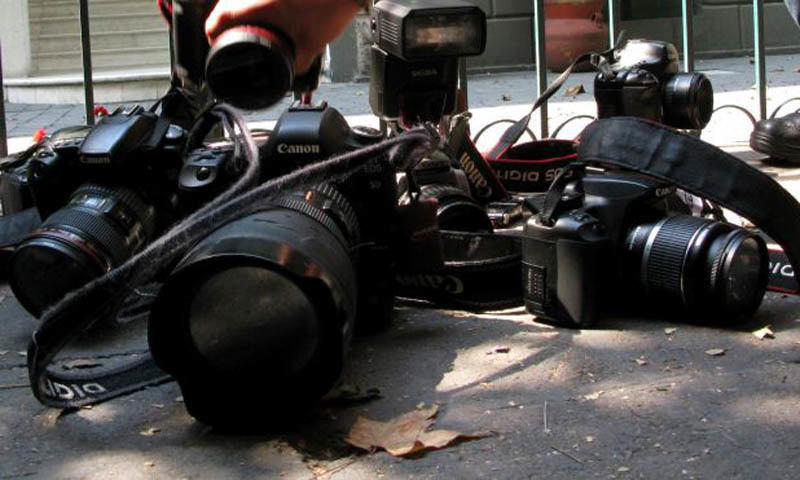
- Self-censorship
To some extent this has always been there in Pakistan. As a reporter or an editor you are trained on the job to not talk or write about certain things and you know it's best (for you) if you tend to gloss over certain issues or altogether ignore them.
Examples are the state's policies with regards to India, America and Afghanistan. Of course, you will find some debate and discussion on this in the English print media which has a limited audience but you won't see any discussion on it on the TV talk shows.

In the case of CPEC, the only time there was any debate about its potential costs to Pakistan's economy was when Adviser to the PM on Commerce and Industry Abdur Razzak Dawood said in an interview to the Financial Times (a UK paper) that the new government intended a review of CPEC and its addition to the country's debt burden.
However, most journalists and reporters will tend to take the easy path and simply play it safe even when they know they should talk openly. After all, if something were to happen the government (going by past experience) or the state would most likely do nothing to help.
- Disunity in the ranks
One would know that if an industry stumbles into hard times because of external pressures, the players within it would at the very least unite somewhat to fight it. In Pakistan, unfortunately this is not the case and there is not even the slightest semblance of unity.
Sometimes a media organization may - at times unwittingly - even become part of a campaign against rival media organizations and this usually comes at the behest of powerful quarters. At times this disunity prevails because owners of media organizations don't see eye to eye and are more interested in individually profiting than trying to play as a team.
Journalists protest but not on the scale that may have any considerable impact. The Pakistan Federal Union of Journalists has called for a nationwide strike on October 9, citing retrenchments by many major news organizations and the culture of censorship, and it remains to be seen how successful this will be in terms of raising these issues to a level that they come in the public spotlight.

- Where's the money?
Media organizations -- TV channels and newspapers -- have said that as much as Rs 1.6 billion in ad revenue arrears has yet to be released by the federal government. This is an issue pending since the PML-N government and the PTI government has given no indication that it will help resolve it.
In fact, it would be fair to say that no movement on this would suit the government since governments in general tend to have an adversarial relationship with the media. The All Pakistan Newspaper Society has raised this issue with the new government but is unlikely to achieve much, not least because the new government looks at anything to do with the previous government with considerable disdain.
- Delayed salaries
Salary delays in the media in Pakistan are unfortunately the norm these days. Well known and financially robust media organizations have delayed salaries by 2-3 months. The reason usually given is low recoveries (as in payments by advertisers) especially from the government.

Despite this, many journalists continue working in such conditions because opportunities elsewhere are hard to come by and they feel that if they continue working they may still have a chance of getting their dues.
- Disappearing profit
At the end of the day a TV channel or a newspaper needs to make a profit if the operation is to be sustainable. Of course there are cases where profit is not the main motive and owners may want to have a newspaper or a TV channel because of the clout that it gets them. Even in such a situation a healthy revenue stream is always preferable - and this is dependent to a great extent on advertising. Advertising budgets have not increased in the manner that one would have expected them to - this has meant an ever-increasing number of players, all trying to partake of the same pie the volume of which isn’t increasing.

The situation is so bad that newspapers that were always in profit are now running in the red.
- A new censorship model
The old censorship model has been replaced with a new and improved model where censorship is masked and where there is considerable self-censorship. It is characterised by pressures or disruptions (such as to the distribution of a newspaper or of a TV channel or cable networks) so that over time media organizations become weak -- and unable or simply unwilling to carry out their basic watchdog function and to speak truth to power. Those who choose to do so despite these odds have to be prepared for the consequences including being dubbed anti-national and ghaddars.
